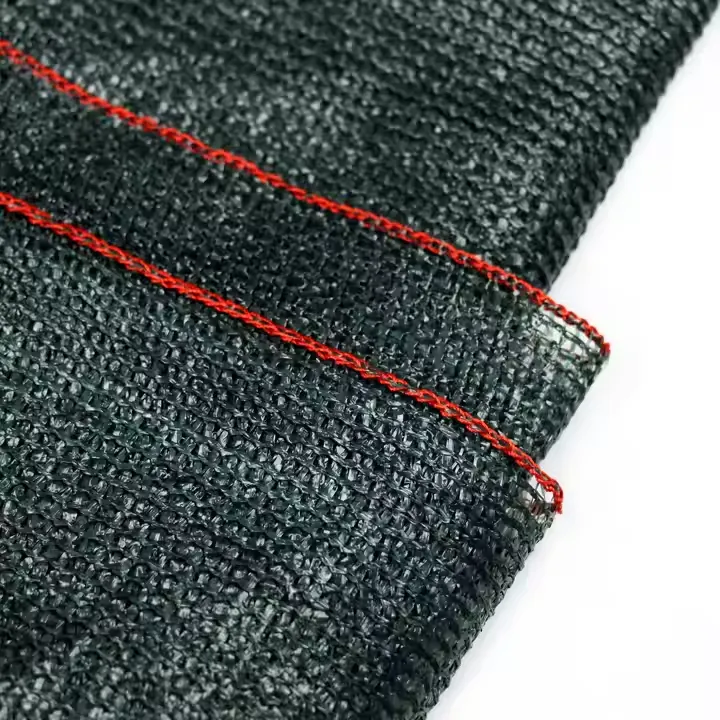agricultural net
Agricultural netting has emerged as an indispensable tool in modern farming, serving multiple roles in crop protection and enhancement. For decades, farmers have wrestled with the challenges posed by pests, adverse weather conditions, and other environmental factors that threaten crop yields. With advancements in agricultural technology, netting solutions now offer a cost-effective and sustainable way to address these issues.

One of the primary applications of agricultural netting is pest control. Traditional methods involve chemical pesticides, which can have harmful environmental effects and lead to pesticide resistance over time. Agricultural nets, on the other hand, provide a physical barrier that prevents pests from reaching the crops. This method not only reduces the reliance on chemicals but also ensures that the produce remains free from pesticide residues, catering to the rising consumer demand for organic and safe products. Farmers across the globe have reported significant improvements in yield quality and quantity after adopting netting solutions, bringing their real-world experiences to the forefront of agricultural innovation.
Agricultural netting also plays a critical role in mitigating the impacts of climate variability. Unpredictable weather conditions, such as hailstorms and excessive rainfall, can cause substantial damage to crops. By covering their crops with appropriate netting, farmers can shield their produce from these elements, thereby minimizing loss and ensuring consistent supply. This protective measure is particularly beneficial for high-value crops such as fruits and vegetables, where even minor damage can lead to significant economic losses. Experts in agricultural sciences have underscored the importance of such proactive measures, given the ongoing challenges posed by climate change.

Furthermore, agricultural nets enhance pollination in crops by managing the interactions between plants and their pollinators. Through controlled netting, farmers can ensure that bees and other beneficial insects have access to crops while keeping detrimental pests at bay. This selective access not only aids in better pollination but also contributes to improved crop resilience. Research conducted by authoritative agricultural institutions supports the efficacy of netting in boosting pollinator activity, thereby enhancing agricultural productivity in a sustainable and eco-friendly manner.
The versatility of agricultural nets extends to water conservation as well. By reducing wind speed and providing partial shade, netting decreases water evaporation rates, thus ensuring that crops receive adequate moisture without excessive irrigation. This feature is crucial in arid and semi-arid regions where water resources are limited. Farmers have attested to the effectiveness of netting in optimizing water use, highlighting its role in promoting sustainable farming practices.
In conclusion, agricultural netting represents a multifaceted solution to the numerous challenges faced by modern agriculture. Its benefits in pest control, climate adaptation, pollination management, and water conservation make it an essential tool for farmers seeking to increase productivity while adhering to sustainable and eco-friendly practices. With a wealth of real-world experiences and expert endorsements, agricultural netting stands out as a reliable, authoritative choice for those looking to enhance their farming operations.
-
The Versatility of Stainless Steel Wire MeshNewsNov.01,2024
-
The Role and Types of Sun Shade SolutionsNewsNov.01,2024
-
Safeguard Your Space with Effective Bird Protection SolutionsNewsNov.01,2024
-
Protect Your Garden with Innovative Insect-Proof SolutionsNewsNov.01,2024
-
Innovative Solutions for Construction NeedsNewsNov.01,2024
-
Effective Bird Control Solutions for Every NeedNewsNov.01,2024












